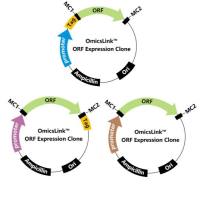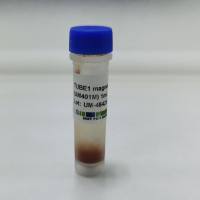Xenopus oocyte maturation is a powerful system to study biochemical mechanisms that regulate intracellular signaling and cell-cycle control. Fully grown Xenopus oocytes are arrested at the G2/M boundary of the first meiotic division. The process of maturation can be induced in vitro by incubation of isolated oocytes with hormones, such as the natural inducer progesterone or others such as insulin or insulin growth factor-1. Several hours after hormone treatment, the nucleus (germinal vesicle) migrates to the animal pole of the oocyte, and the nuclear envelope dissolves. This process is known as germinal vesicle breakdown (GVBD) and can be easily scored because it produces the appearance of a white spot on the animal pole of the oocyte by displacement of the pigments. The maturing oocyte progresses through meiosis I and then enters meiosis II, where it remains arrested at the metaphase II, awaiting fertilization. The early signaling pathways activated by progesterone are not well understood (for reviews, see refs. 1 and 2 ). However, a key enzymatic activity that regulates the G2/M transition is the maturation promoting factor (MPF), which is composed of cyclin B and the serine/threonine protein kinase Cdc2. This complex is maintained in an inactive form (pre-MPF) during the G2 arrest owing to the phosphorylation of Cdc2 by the Myt1 protein kinase. The dephosphorylation necessary to activate pre-MPF and induce progression of the oocyte into meiosis is catalyzed by the phosphatase Cdc25C.






